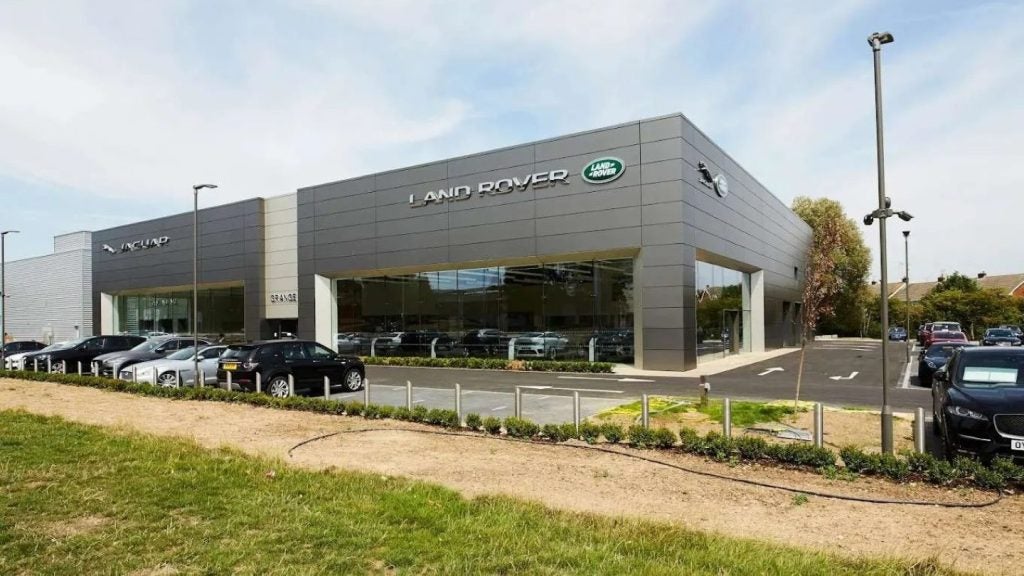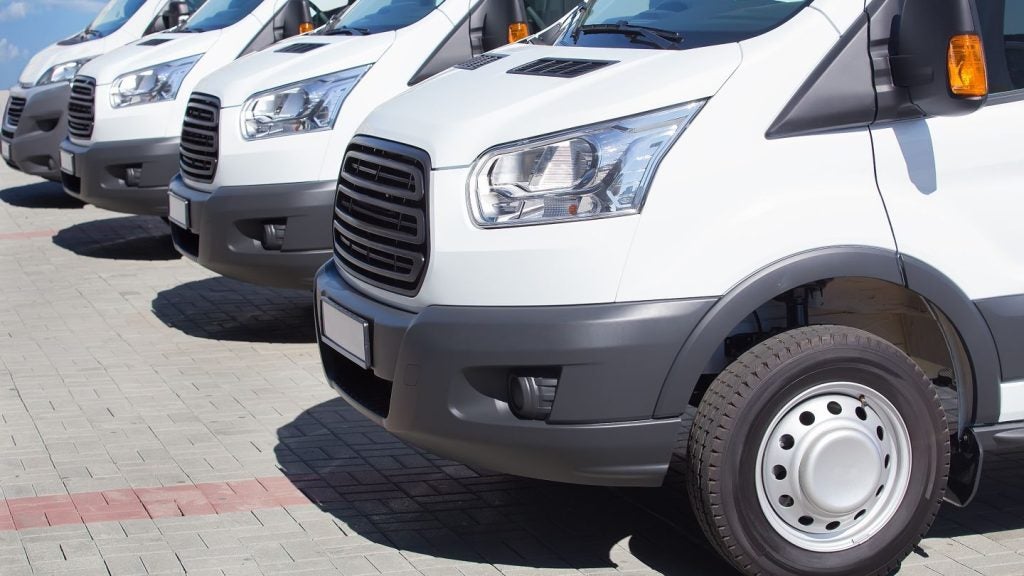
Leaps in technology and the economic pressures of an unstable world have forced many OEMS to rethink their supply and distribution chain strategy – with some even making significant moves in the used vehicle sector.
Writing in Cox Automotive’s latest AutoFocus, Grant Thornton says vehicle production remains the focus for OEMs but that many have adopted a “bend or break” approach to ensure continued success.
Historically, OEMS have aimed to reduce their costs by outsourcing the supply and distribution of new vehicles. This has typically involved them applying pressure on parts suppliers to minimise their costs to a level that made profit margins for some suppliers only just achievable.
Owen Edwards, head of downstream automotive at Grant Thornton UK LLP, said: “COVID highlighted the stresses that outsourcing could apply to OEMs’ supply chains. Furthermore, technological changes in the automotive industry have forced OEMs to review their supply chains.
“A key example is the production of batteries and the raw materials associated with the production process.”
Edwards insists that controlling supply chain dynamics allows OEMs to make them more secure while keeping costs down, but in turn, that means reduced profit margins for tier 1-4 part suppliers.

US Tariffs are shifting - will you react or anticipate?
Don’t let policy changes catch you off guard. Stay proactive with real-time data and expert analysis.
By GlobalDataThis doesn’t mean that part suppliers’ days are numbered, according to Edwards: “OEMs will still retain third-party providers as they cannot bring 100% of the production in-house, as the OEMs need more capital, technical know-how, and expertise to undertake all processes.
The strategy shift has seen some OEMs try to bring as many supply chain processes as possible in-house (Tesla), while others are outsourcing the whole process (including Fisker outsourcing to Magna). Still, others have positioned themselves between the two extremes (including Ford, BMW and other long-standing OEMs).
“Controlling more of the supply chain dynamic allows the OEM to create a more secure supply chain and reduce costs,” Edwards insists, “with less profit margins given to third-party tier 1-4 parts suppliers.”
Many OEMs have opted to gain greater control of the most important elements of their supply and distribution chain.
The semiconductor shortage has exacerbated that. Edwards said: “Hyundai started to design its semiconductors in 2021 and then set up factories to produce them.
“This move has enabled Hyundai to create a more secure supply chain which is crucial for success in the growth of EV vehicles.”
Edwards adds that it’s thought between 500 and 1,000 more semiconductors will be required in EVs and autonomous vehicles, and controlling this supply chain section will be crucial, whether it’s in-house or by way of partnerships.
Newer OEMs, including Tesla, have engineered a steady reduction in using part providers, helped by the ability to build more efficient plants compared to established car giants.
Raw materials are another battleground that has seen OEMs make serious moves, according to Edwards, for example, Pilbara Minerals partnering with Great Wall Motor Company and Stellantis lithium agreement with Vulcan Energy Resources in Germany. Stellantis is also the firm’s second-biggest shareholder. Tesla, too, has offtake agreements with Core Lithium Resources. And it has ramped up its investment in battery production with the unveiling of huge new gigafactories in the US.
Edwards said: “Security of the supply chain is just one part of the OEM focus. They are also reviewing other areas of the downstream automotive industry (factory gate to the end consumer). For example, Ford owns its own logistics company in the UK, transporting its vehicles from Dagenham to its UK dealers. In addition, some OEMs own their own dealer networks; this includes Stellantis and Ford in the UK.”
Edwards concludes that the used vehicle sector has become more enticing for OEMs, with several believing they should have a presence in this market. He said: “Heycar and Motor Depo are owned by OEMs. Stellantis has taken the process a step further with its exposure to the refurbishment vehicle market with Stimcar in France.
“Other OEMs are also focusing on new areas, including those relating to the customer, such as charging with Ionity, whose OEM partners are Mercedes Benz, Ford, BMW, VWG and Hyundai. The widely touted agency model is being implemented by some OEMs, while others are taking a keen interest in supplying fuel for BEVs.
“OEMs are reaching out and positioning themselves in the supply chain and the distribution and B2C markets,” Edwards said. “Although the production of vehicles will remain central to OEM activity, it will become only one activity of many to ensure the security of their supply chain and their customer and distribution chains with the aim of ensuring maximum touch points with the consumer.”
Cox Automotive’s Philip Nothard, insight and strategy director, said: “OEMS are currently building some of the world’s most complex and technological products and, of course, they’re extremely keen to keep a tighter rein on supply and distribution chains.
“Going forward, the sector will see more and more incursions into supply chains that were previously unheard of. This is one of the main ways that major players can weather the storms of future crises, pandemics and raw material difficulties.”
Car insurance jumps by up to £105 year-on-year







